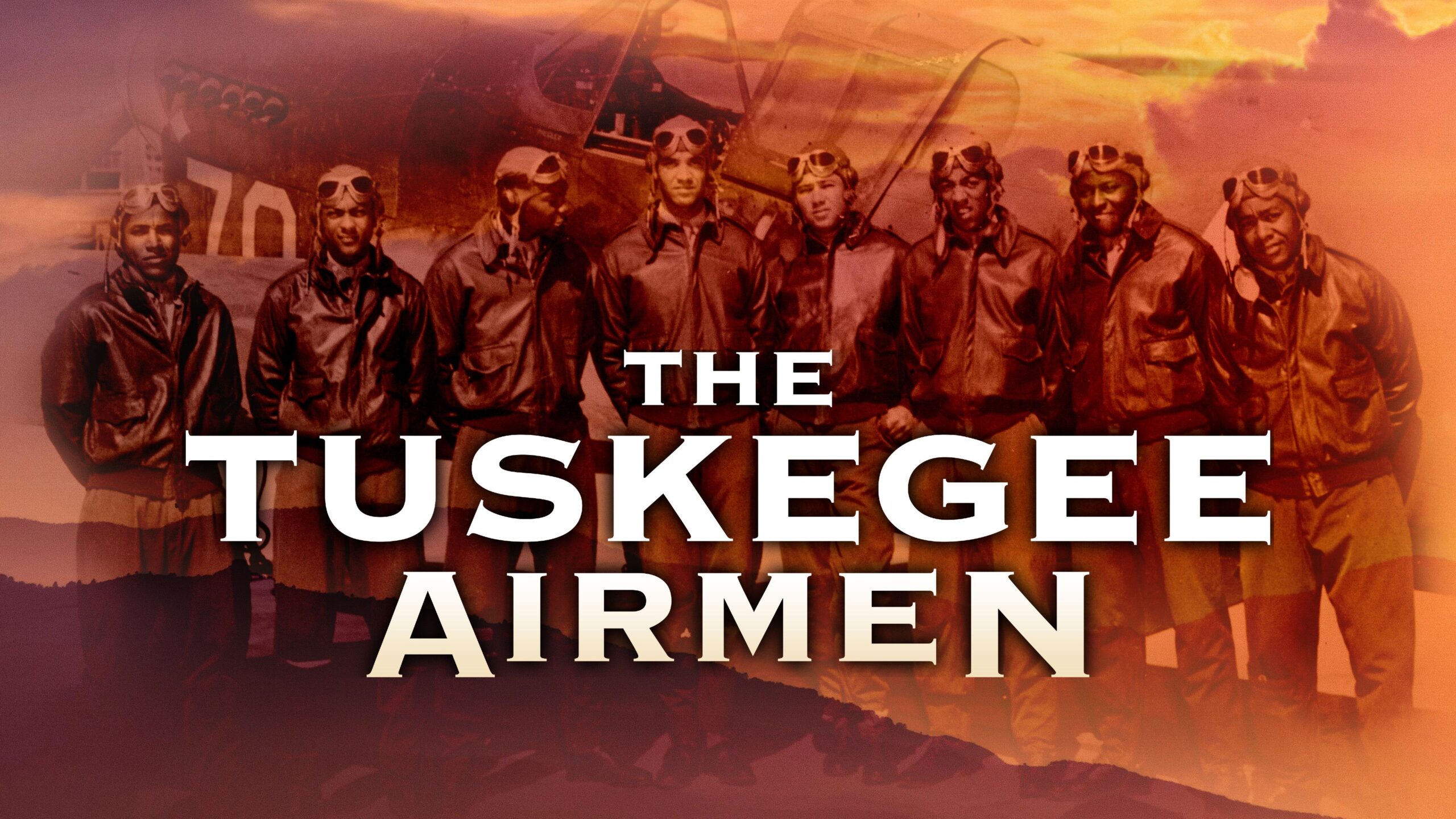
Introduction
The Tuskegee Airmen were a group of African American military pilots who served in the United States Army Air Corps during World War II. Despite facing racial segregation and discrimination, they overcame tremendous obstacles to become highly skilled aviators and make significant contributions to the Allied victory.
Breaking Barriers
In 1941, the U.S. Army Air Corps established the Tuskegee Army Air Field in Alabama to train African American pilots. The program, known as the “Tuskegee Experiment,” was designed to test the theory that African Americans were not capable of becoming effective pilots. However, the Tuskegee Airmen quickly proved this theory wrong, demonstrating exceptional skill and courage in the air.
Combat Service
The Tuskegee Airmen served in various theaters of the war, including Europe and North Africa. They flew a variety of aircraft, including the P-47 Thunderbolt and the P-51 Mustang. The Airmen achieved a remarkable combat record, escorting bombers on dangerous missions and engaging in aerial battles with enemy fighters. Their success helped to dispel stereotypes about African Americans and paved the way for racial integration in the U.S. military.
A Legacy of Courage
The Tuskegee Airmen faced immense challenges, both on the ground and in the air. They were subjected to racial discrimination and segregation, and they often encountered hostility from their white counterparts. Despite these obstacles, they persevered and achieved remarkable success. Their courage, determination, and skill made them heroes to millions of people around the world.
A Lasting Impact
The Tuskegee Airmen’s legacy extends far beyond their wartime service. Their achievements helped to break down racial barriers and pave the way for greater opportunities for African Americans in the military and in society at large. Their story is a powerful reminder of the importance of perseverance, courage, and the pursuit of equality.
The Tuskegee Airmen represent one of the most significant chapters in both African American history and U.S. military history. Emerging during a time of intense racial segregation, these brave men challenged the deep-seated prejudices of their era and demonstrated, with their skills and accomplishments, that determination and talent know no racial boundaries. Trained at the Tuskegee Army Air Field in Alabama, they became the first African American military pilots, a feat in itself at a time when the U.S. military was still heavily segregated.
Despite facing systemic racism both at home and within the armed forces, the Tuskegee Airmen quickly distinguished themselves during World War II. They were assigned the dangerous duty of escorting bombers over Europe, and their impressive combat record — including minimal bomber losses to enemy aircraft — earned them a reputation as one of the most reliable and effective units in the U.S. Army Air Forces. Their dedication and success in battle not only contributed to the Allied victory but also played a critical role in challenging and ultimately dismantling the idea that African Americans were unfit for leadership or combat roles.
Their legacy reaches far beyond the battlefield. The Tuskegee Airmen’s valor and competence paved the way for the desegregation of the U.S. military in 1948 under President Harry Truman’s Executive Order 9981. This significant step towards equality in the military reflected a broader societal shift, as the Airmen became powerful symbols in the fight for civil rights, demonstrating that the fight against discrimination required both courage and action.
The Tuskegee Airmen’s legacy is one of triumph over adversity, inspiring future generations to fight for equality, opportunity, and justice. Their heroism, both in the air and on the ground, serves as a reminder that the pursuit of freedom and equality transcends all boundaries, making them true American heroes who changed the course of history.
